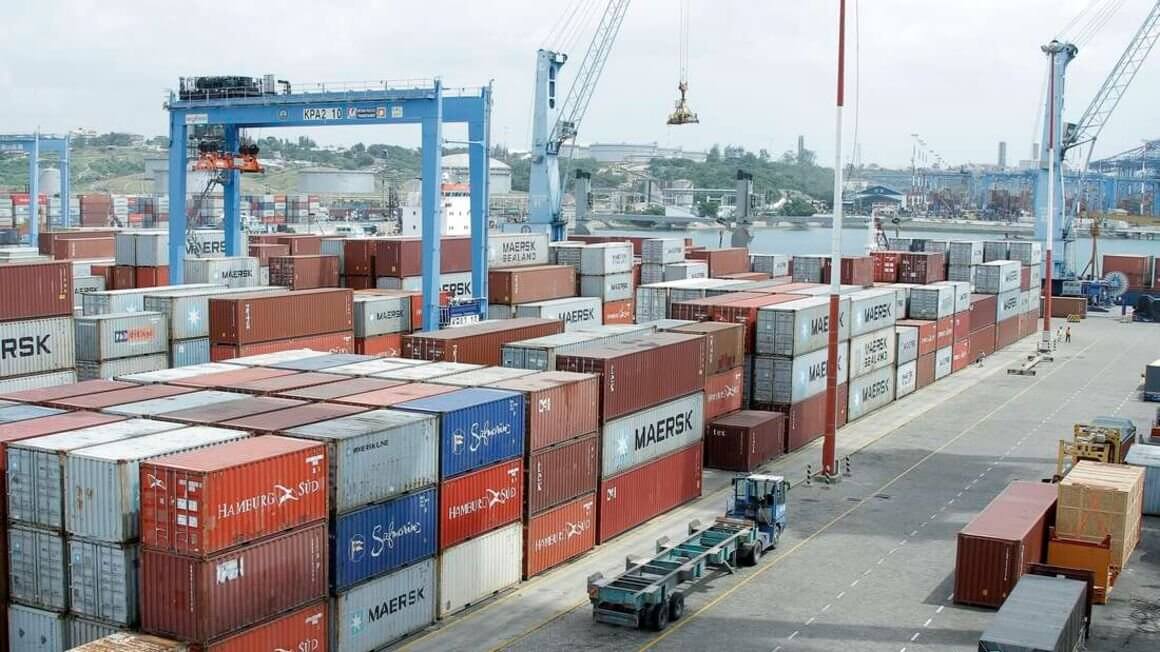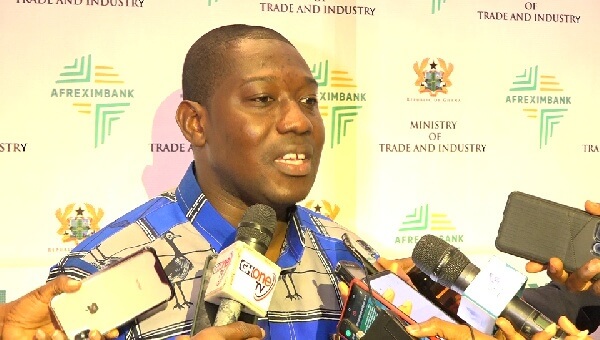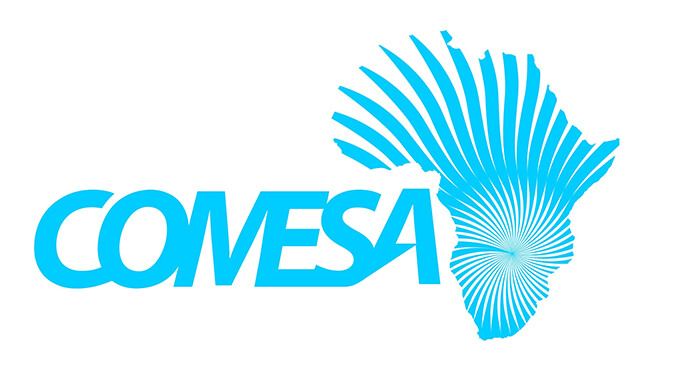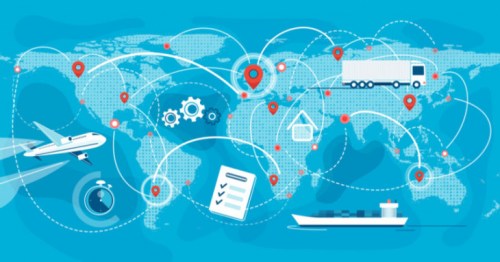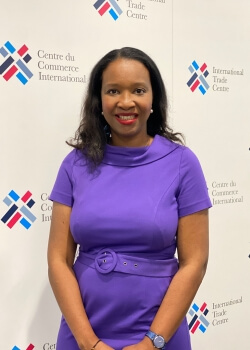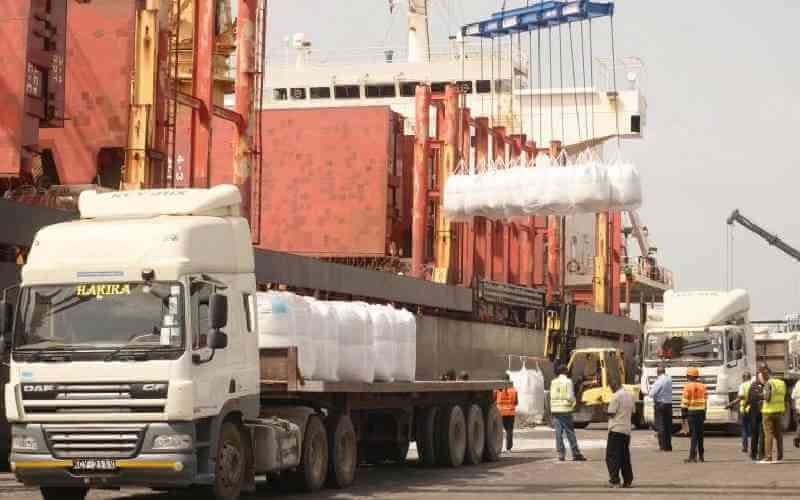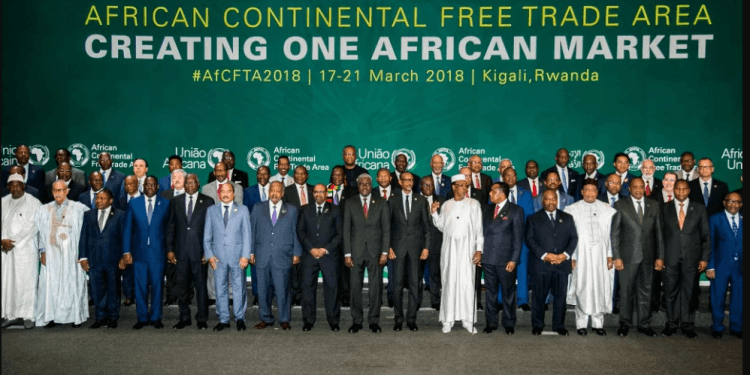The post-COVID-19 landscape the new U.K. leadership headed by Liz Truss inherits today shows widening social and economic disparities along with deeper inequalities of opportunities at the global level. Continuing the trend of cuts to the U.K. aid budget and the current policy of “aid for trade” will not provide the newly formed government with the backdrop to address some of the world’s largest poverty reduction challenges. U.K. leadership in the field of global aid and development was firmly established in 2013 when the country hit the Organisation for Economic Co-operation and Development’s target of giving 0.7% of gross national income as official development assistance. In 2021, after seven years of maintaining its 0.7% ODA contribution of GNI, the U.K. government lowered its commitment to 0.5% and cut its foreign aid budget by £4.6 billion, or $5.3 billion. Yet today, the poorest half of the world’s population shares only 8.5% of total global income. The global gender gap has increased by a generation, while racial and ethnic origin is a factor in multidimensional poverty. Furthermore, climate change is expected to push up to 135 million more people into poverty by 2030. The £4.6 billion cut seems small when compared to the over £10 billion known wastage in substandard personal protective equipment unfit for use at the peak of the pandemic in the United Kingdom. These cuts to the aid sector affect all four program areas identified as priority areas: health, education, climate, and humanitarian assistance. Effects of UK aid cuts According to ONE Campaign estimates, 7.1 million children will lose access to a “decent” education, of which 3.7 million are girls. These cuts will mean 5.3 million...
Opinion: Liz Truss, today is a chance to reestablish UK aid leadership
Posted on: September 7, 2022
Posted on: September 7, 2022



